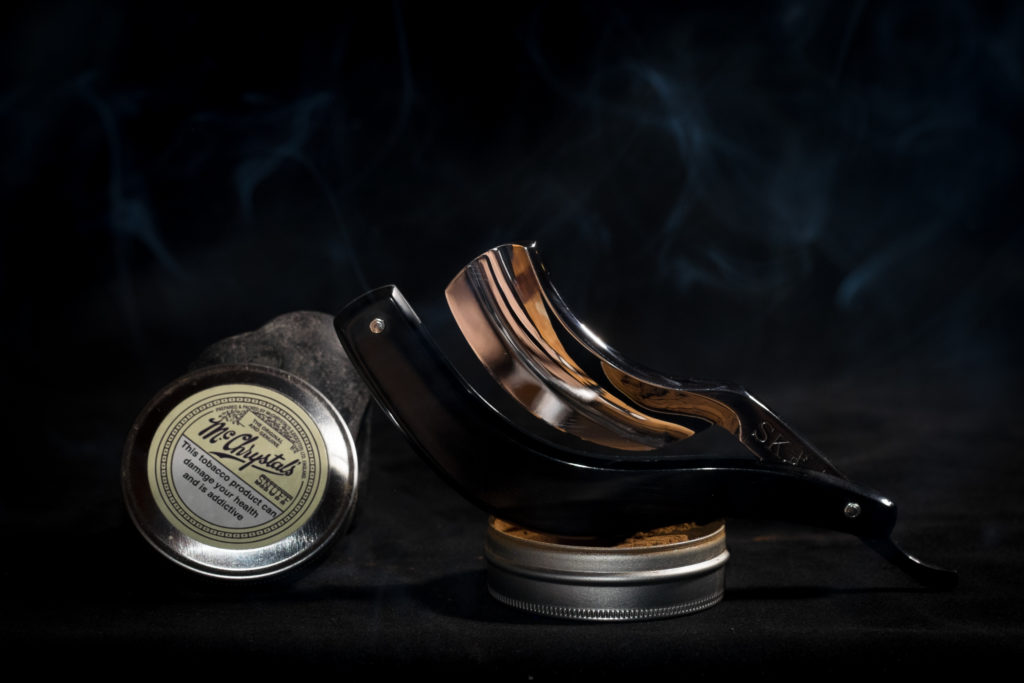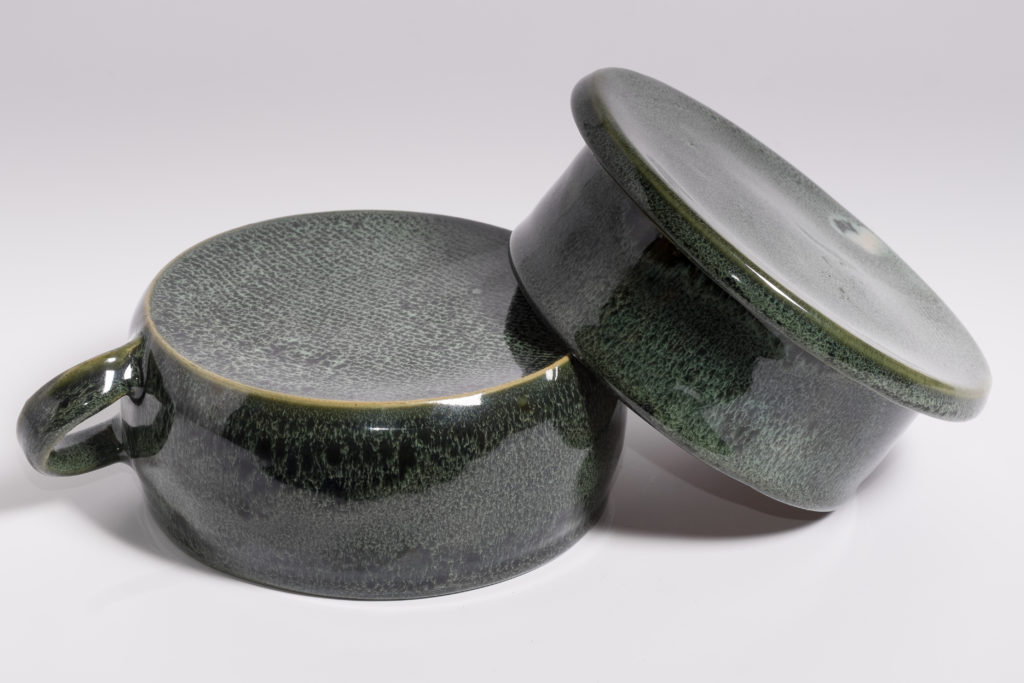
Saito SK1 smiles to you. The smile is deep and extraordinary. Surprising, the shave itself is smooth, easy and “dully” normal. However, yet exciting and more precise in shaving than any other common straights.

I got fascinated with SK1 Saito Kikuboshi razor since the very first time when I saw. It seemed so much not available to me because of the price and unavailability. Along learning about its origin – all that about Japanese barber master Kikuboshi and in general about mastership in crafting Japanese traditional razors – Kamisori, my fascination and believe in its quality was merely increasing. As far as I know there not many of them in Poland – for sure 2 pieces. YouTube offers some clips made in Japan, Russia, Finland and US. Not many. Both Polish makers of custom razors have made single pieces following this specific design (see the one from Topek and the other from Cichy). Hence, the price reflects both – quality and small number of them offered on the market.
I will be not repeating its history and markings. What is worth mentioning is that there are 3 profiles of SK : 1, 2 and 3. While SK1 is the extremely curved the SK3 is still smiling deep but not that shocking deep. SK2 is in between of them regarding the profile (read about it here). I hope to present all 3 types in some time. Change in the profile affects the height of the blade which subsequently is reflected in the change of the hollow (see the photo below). SK1 comes with its amazing hollow ground with belly. Additionally I can share that It was discovered during the renovation that there are extra 1-2-3 markings hidden on the blade under the scales at the pivot. There is a nice website documenting that all.

In this way I was somehow inclined to seek them at origin, in Japan. Thanks to my colleague, whose wife is Japanese, it became much easier to me that thought before. SKs are available there more often than in other places but it is still very rare and limited. In 6 months I discovered 3 SK3, 2 SK1 and 2 SK2. Which does not mean that I wanted to buy all of them. While by rule they are less expensive there, there are still substantially costly. However, nice SK3 can be bought for $70. It happens that they sell whole gear sets from old barber shops and then the price can very attractive But you get it in bulk with many items that might be out of your interest. The best is to be there on the spot and visit markets and antique boutiques.

All that means that renovation becomes a must. Although I admit that in essence Japanese take care about such things while using, packing standards and fidelity of the description when selling is higher than in Europe. Mine was renovated by Lewy (drop by to knives.pl forum). As you could see in the other post he did excellent job with my F.Reynolds. No hesitation that he can do such a good job with this one.
In fact he renovated SK1 and SK3 in one shot, the latter was bought by me for the other college – MJW. During that renovations, Lewy discovered the extra hidden markings at pivots and also the fact that both had unsymmetrical pin wholes at the pivot. It was not visible, but as such normally, it is considered as a imprecision, if not a defect. Conclusion might be that we seek perfection in craftship of treser piecem while in essence they were manufactured for daily use. Nowadays traditional shaving comes as extravagance and this is why we look for features which are not essential for use. Saying so, in no means, I depreciate the attractiveness of SKs. The blade is made for “simple” beauty and extreme effectiveness in shaving.

Here I can mention that scales of my SK1 came with beautiful deep green (like bottle glass) cast. I felt lucky and start preparing a set of leathering scuttle and brush handle. Unfortunately, green turned to deep glossy black during the renovation. Most likely the scales are made of a material which ages (probably oxidizes in sun light) with changing its color. You can see other pieces on the market with brownish scales. Probably that is the same effect. My SK3 scales are of different ferry tail.

Lewy made an excellent job. No signs of use or post rust craters. It surface is smooth and elegant. See the photo below, it turns as a mirror.

I cannot say much about the steel used for Kikuboshi razors. If you read it and you can contribute please post comments, maybe some links regarding the steel used. In the other pieces I can see the engraved note “Swedish steel”.

When it comes to shaving I have to say that I was ready to admit in advance that SK1 might be more museum exhibit while SK3 is designed for use. How the hell to shave with such a sickle! I was wrong, fortunately fully wrong! First of all it is much smaller than the impression learned from photos. In fact it is tiny piece. It became so appealing to me in context of different razor. I used to strop my Filarmonika 14 with no specific impressions. But then, just after stroping SK1, the usual Filarmonika turned to be giant.
Surprisingly, shaving came “dully” normal. No need for any specific technique or directions. Not at all. 2 runs, as usual, where fully sufficient. The same routine. I expected SK1 to be typical loud razor. Surprisingly the echo given by it is not that loud as from other full hollow 8/8. I suppose that the blade profile itself and the belly stabilizes it very effectively.
The deep curve, enables additional natural move of the wrist which is not possible in straights. It is subtle and tiny, but it helps. I can say that due to that additional gesture, shaving seems to be more precise.
Does shaving take more time? Compering to common system safety razors – no doubts – much more. I consider traditional shaving as extravagance by definition. So there is no surprise. So why to do so? Myself I can say that I gain a kind of allergia to many mainstream behaviors and daily routines. But that is different story, subject itself. When comparing shaving time of SK1 and Filarmonika – there is no obvious difference in favor of the first or the latter.
The only thing that I found cumbersome is the bloody scales, precisely its position when stropping. Stopping the smile is a bit different from other straights. An extra dimension in the move is needed. It is not difficult but requires a bit more attention. The protruding handles do not help in this operation.

Please share your opinions and resources.